Battle of Sekigahara – The Fight for Japan’s Unification
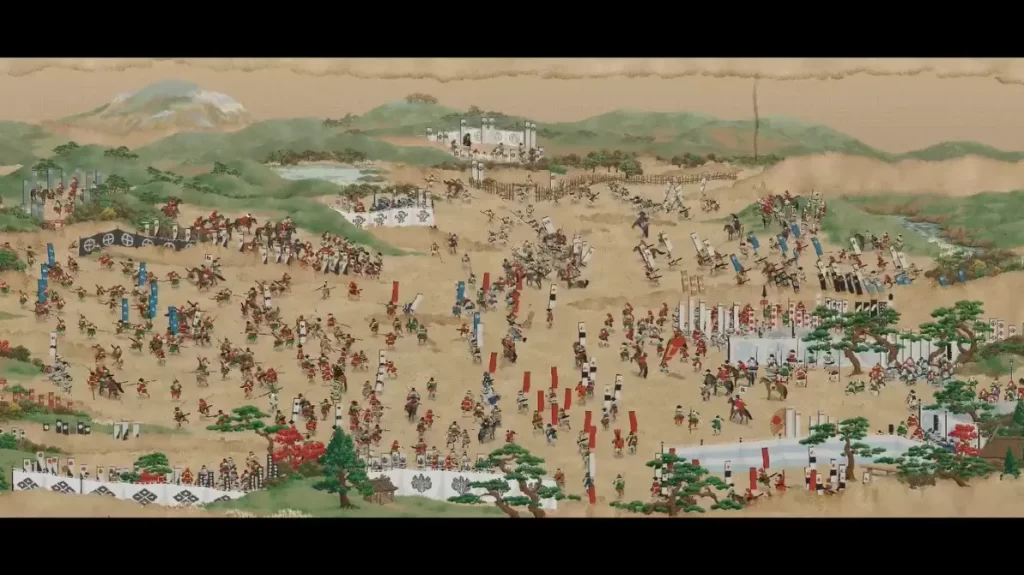
The Battle of Sekigahara was a defining moment in Japanese history in 1600. This battle not only decided the political fate of Japan but also marked the beginning of the Tokugawa Shogunate, a period that significantly influenced the country’s future. Explore the events leading up to the battle, the intense and strategic combat that ensued, and the profound changes that followed.
Second Mongol Invasion of Japan – Battle of Kōan
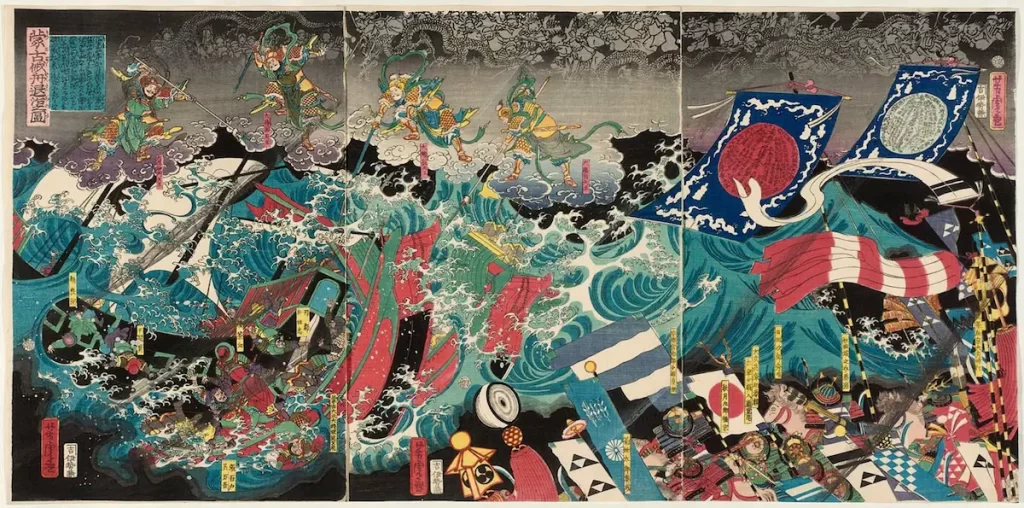
During the late 13th century, Kublai Khan, the leader of the Mongol Empire, launched two invasions against Japan. The first invasion occurred in 1274, while the second invasion, also known as the Battle of Kōan, happened in 1281. This war was a significant encounter between the Mongol Empire and feudal Japan. Samurai warriors banded together to fight off the foreign Mongol forces, marking one of the few failures of the dominant Mongol Empire.
First Mongol Invasion of Japan – Battle of Bun’ei
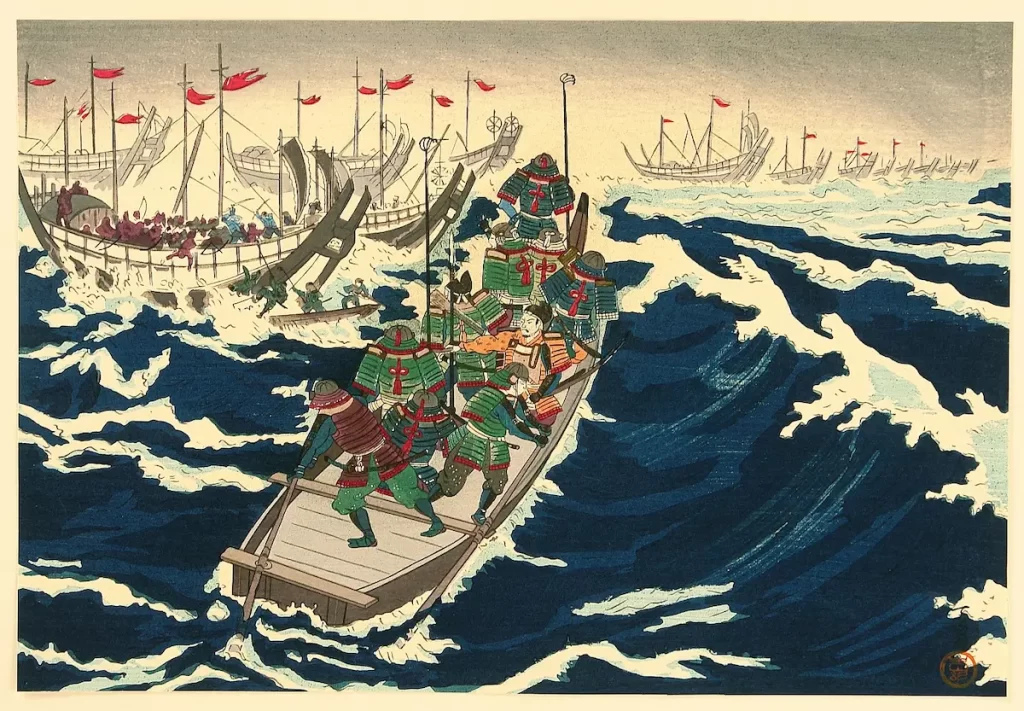
In the late 13th century, the Mongol’s first invasion of Japan was critical in medieval Japanese history. Initiated by Kublai Khan’s expansive Mongol Empire, the invasion represented a clash of mighty forces and contrasting cultures. The battles, characterized by intense combat and strategic prowess, unfolded primarily in Kyushu, testing the resilience of the Japanese samurai. The aftermath of this conflict left a lasting impact on Japan, shaping its military strategies and cultural identity. It also set the stage for future encounters between these historical powers.
Zenkunen no Eki – Former Nine Years’ War of Samurai in Heian Era
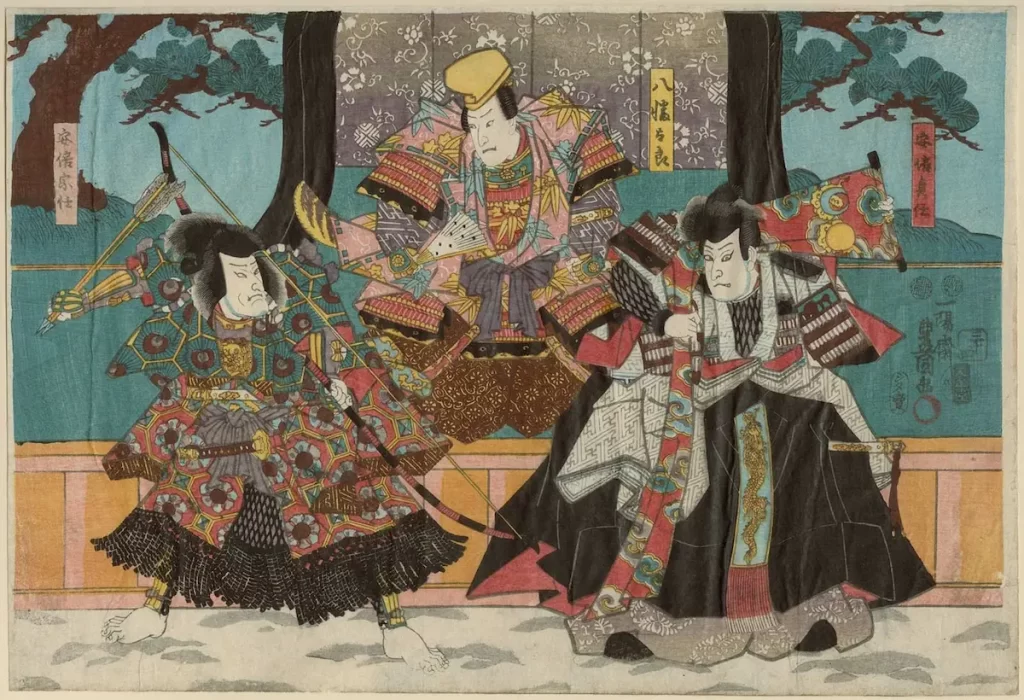
The Former Nine Years’ War (Zen Kunen no Eki or Zenkunen War) was a defining conflict in Japan’s late Heian period. It unfolded from 1051 to 1062 in the Mutsu Province, part of the Tohoku region. Learn about the events leading up to the conflict, the critical battles fought, and the impact on Japan’s feudal history. The Zenkunen War highlights the struggle between the central government and the regional Abe clan, underscoring the shifting power dynamics in medieval Japan.
Tengyō no Ran – The Rebellion of Taira no Masakado
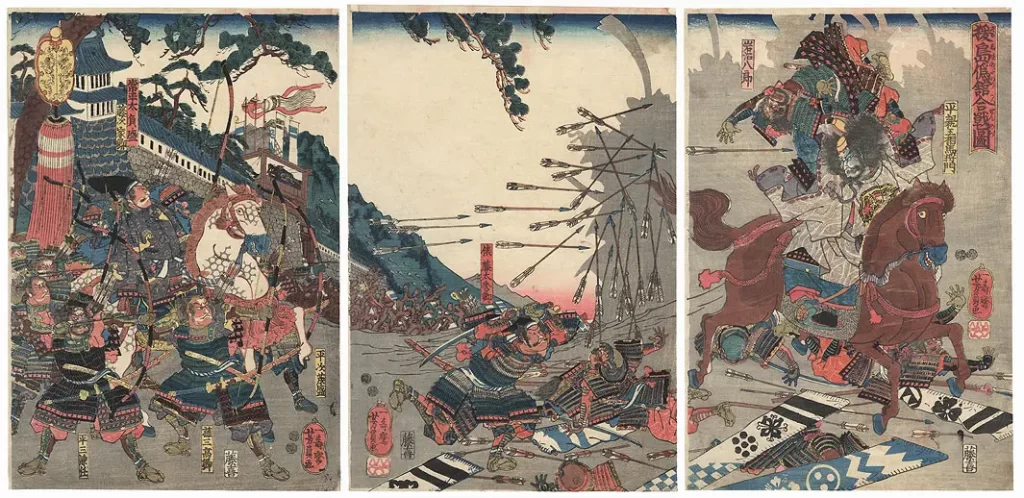
In 939, during the Heian period of Japan, a significant rebellion known as the Tengyō no Ran erupted. It was led by Taira no Masakado, a provincial noble from the Taira Clan. He boldly claimed the title of “New Emperor” and challenged the central government’s authority. This rebellion was a crucial moment in Japanese history. It questioned the power of the imperial court in Kyōto and set the stage for future changes in the country’s political landscape. Discover the events leading up to the rebellion, the forces involved, the fierce battle, and the consequences of Masakado’s audacious uprising.
Meiji Period – Westernization of Japan and the Samurai Legacy
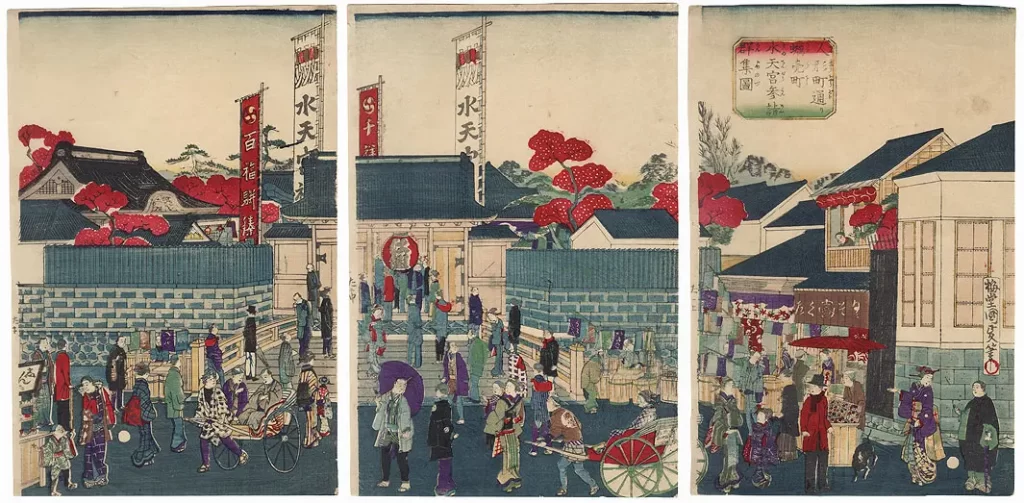
In the Meiji Period (1868-1912), Japan transformed from a secluded, feudal society into an industrialized nation. The decline of the Edo Period’s Tokugawa shogunate and the resurgence of imperial power under Emperor Meiji marked the dawn of this era. Through determined reforms and adoption of Western practices, Japan redefined its societal structure, military, and culture. This period also saw the end of the samurai class.
Introduction to the Samurai – Japan’s Legendary Warriors
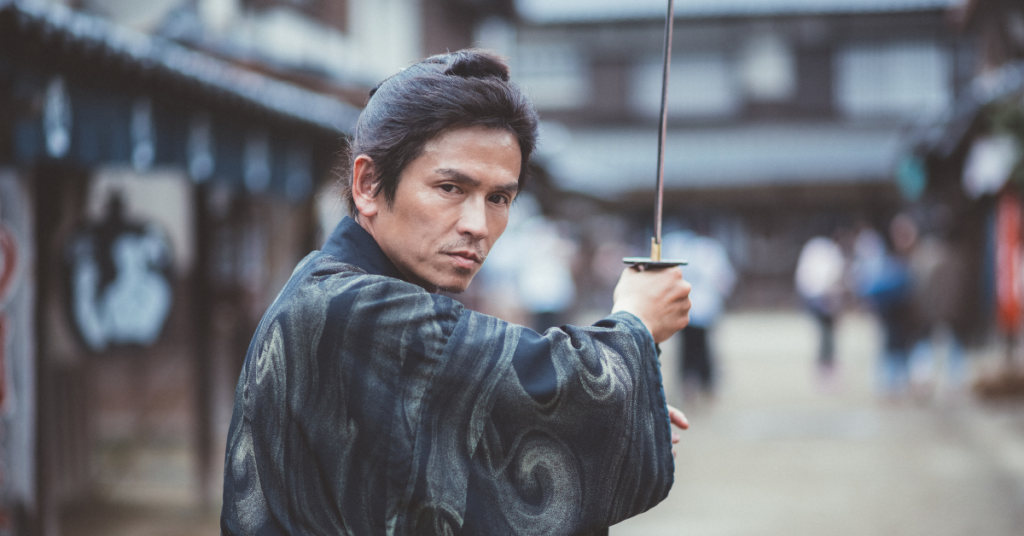
The samurai were disciplined and strong, representing noble ideals. From their military prowess to their unwavering dedication, they embodied the unbeatable spirit of feudal Japan. Their history and culture spanned over a thousand years and continue to influence the modern world we now live in. Read on to explore the rise and power of the samurai, their code of conduct, and the arts and culture that defined their way of life.
Heian Period – The Rise of the Samurai Class
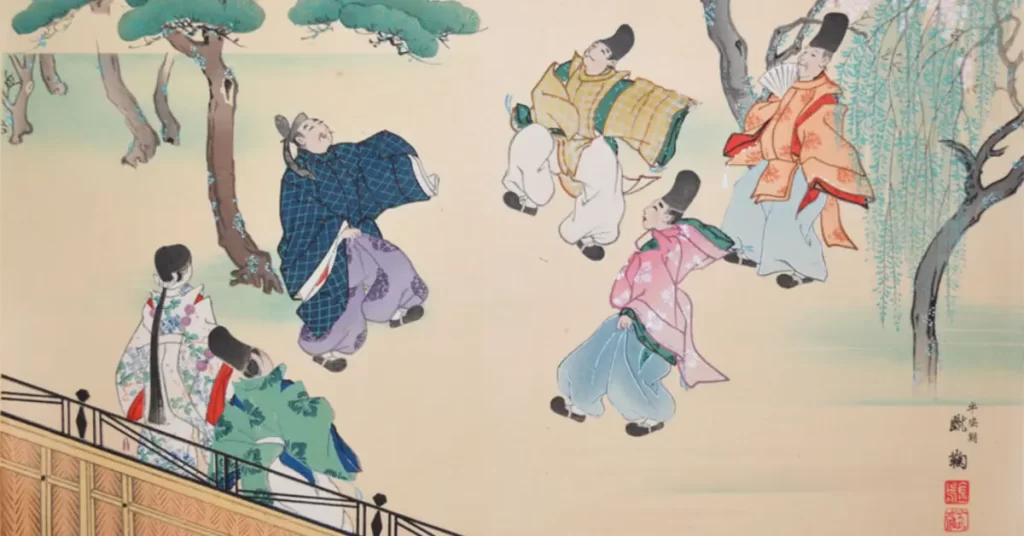
The Heian period, from 794 to 1185, is a captivating chapter in Japanese history. It was an era with rich culture and the period when samurai class emerged as guardians and military leaders. Read on to learn more about this period and the influencing factors leading to the rise of the samurai class.
Muromachi Period – Rise of Feudal Lords and the Era of the Warring Samurai
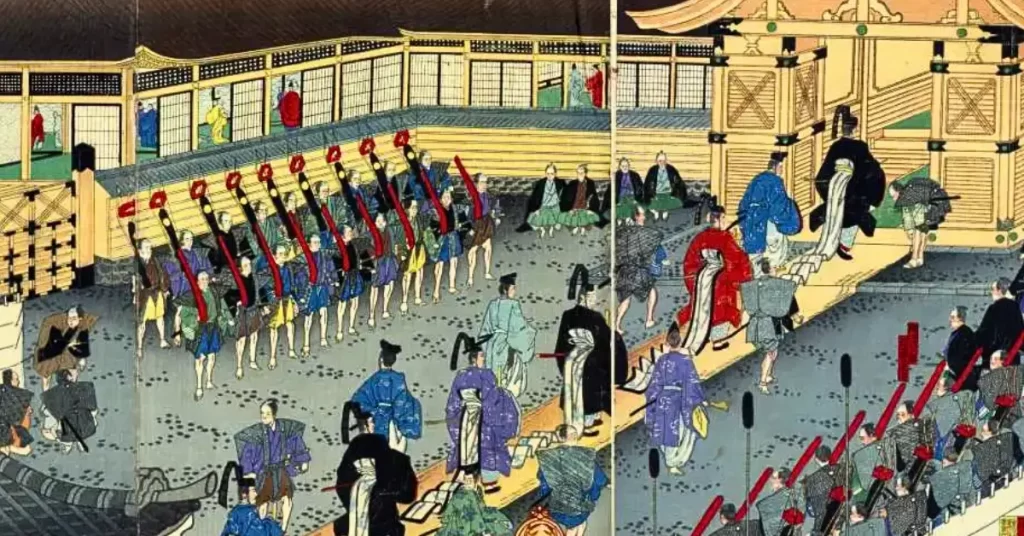
From 1336 to 1573, the Muromachi Period was marked by the formation of the Ashikaga shogunate and the rise of feudal lords known as daimyos. This era followed the Kamakura Period and the brief Kenmu Restoration. In this period, feudal lords gained prominence, and key military events, like the Onin War, played a crucial role. Cultural arts such as the noh theater and tea ceremony also reached new heights of refinement. These developments set the stage for Japan’s unification under the Tokugawa shogunate. Let us take a closer look at the Muromachi Period.
Kamakura Period – Under the Samurai Rule
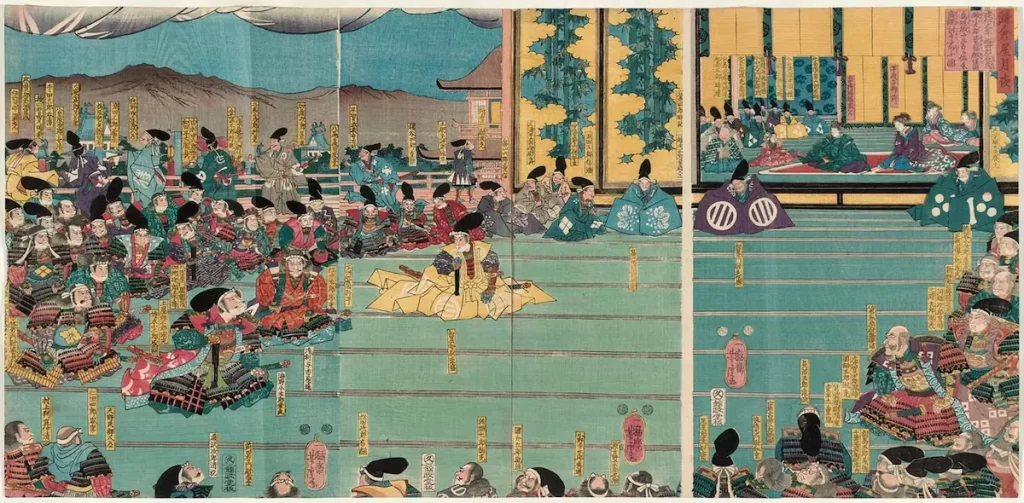
From 1185 to 1333, Japan witnessed the rise of the Kamakura Bakufu, a government led by Samurai. Under their rule, Japan experienced a profound transformation in governance, society, and warfare. Traditional customs were reshaped, and a new social order emerged, with the Samurai at the helm. Challenges like the Mongol invasions tested the Samurai’s ability to defend the country. Join us as we journey through the Kamakura period and uncover the lasting impact of Samurai rule on Japan’s history.
